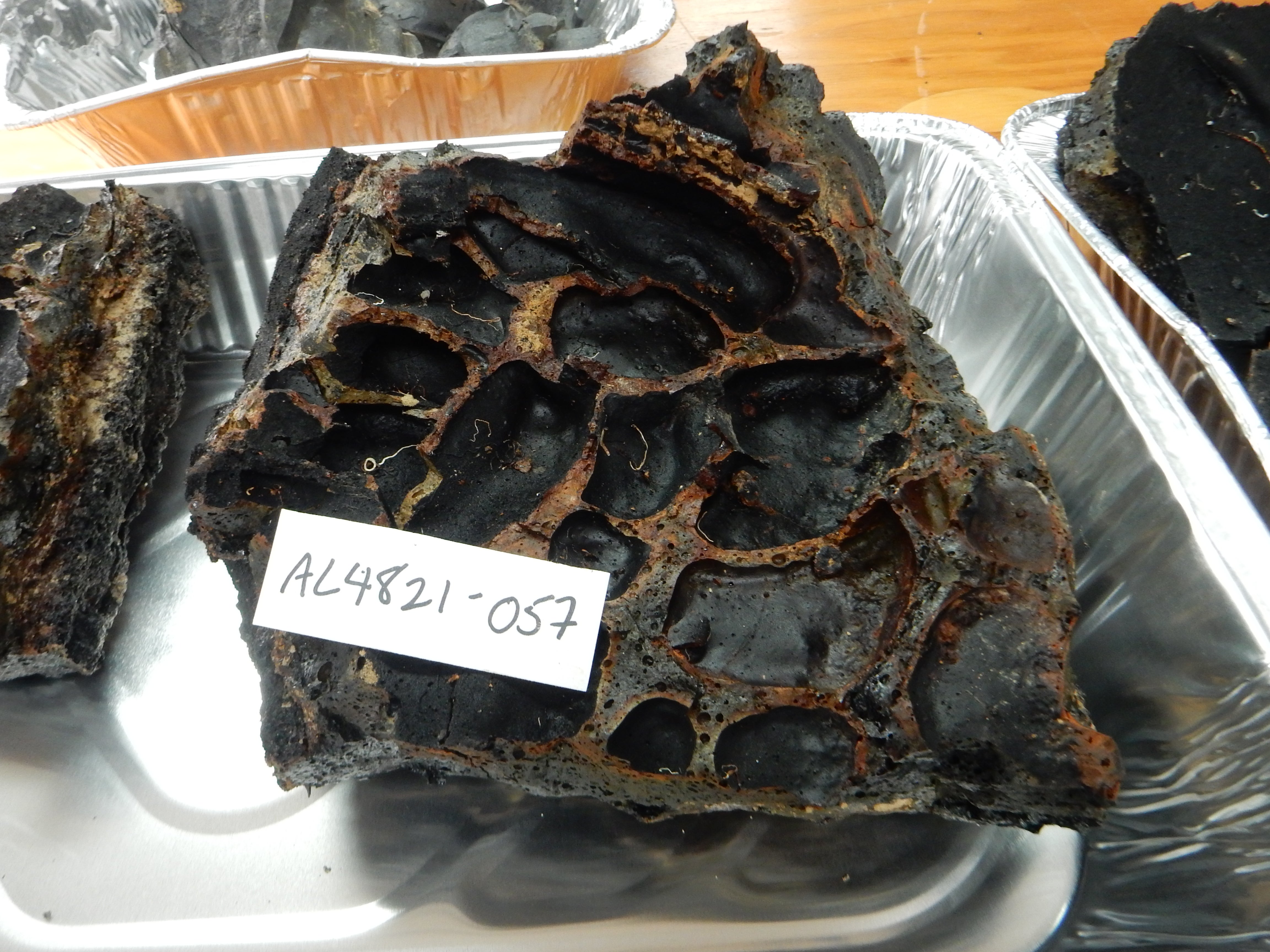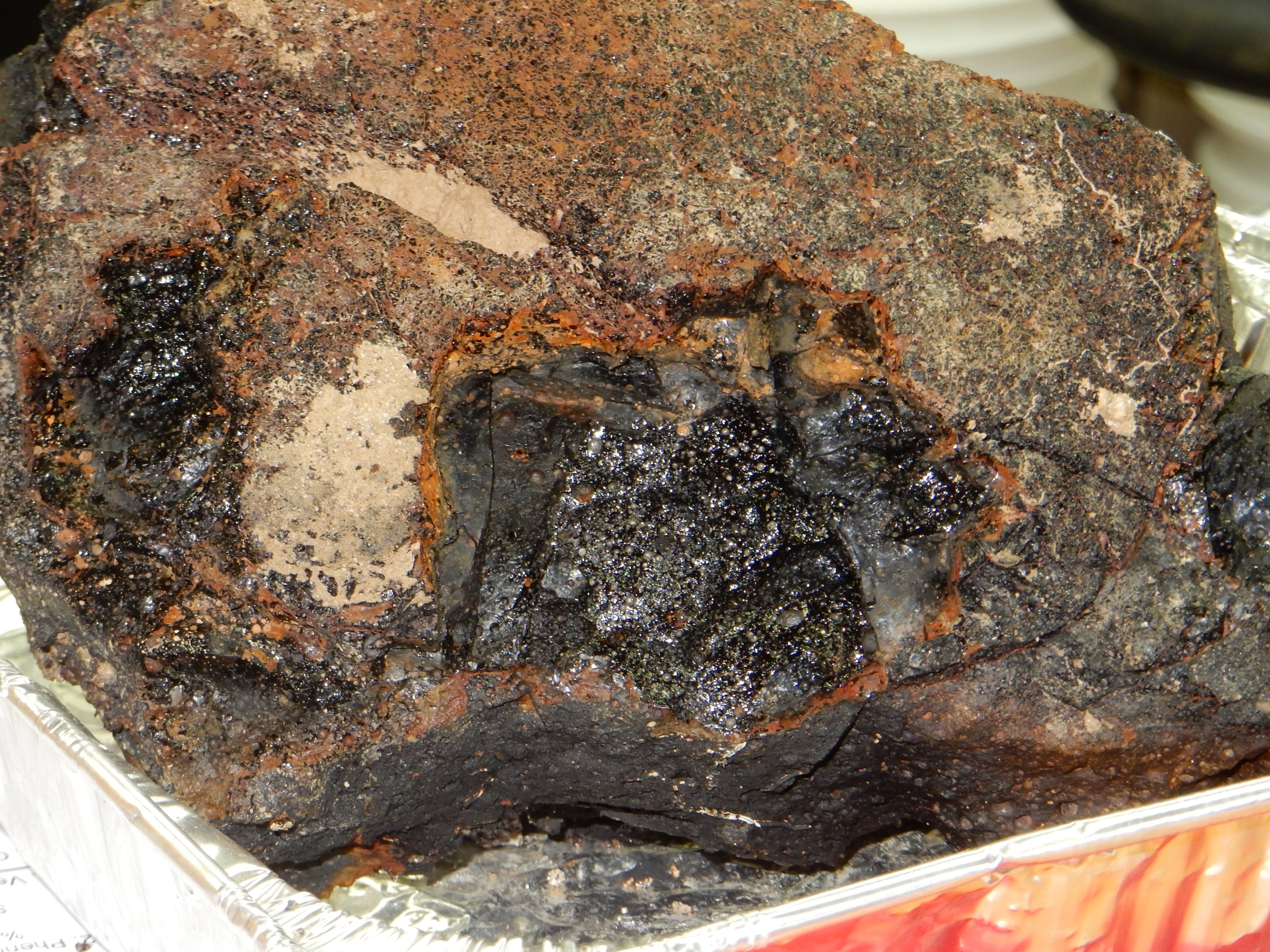
One of the best-studied submarine glass samples from the mid-ocean ridge system is the so-called “popping rock”, which is so vesicular and volatile-rich that glass fragments exploded upon recovery and decompression on the deck of a research ship. As a result of its high volatile abundances, coupled with unique noble gas abundance ratios and isotopic compositions, this rock is considered by some researchers to be one of the most representative of volatile contents from the upper mantle.

The popping rock was recovered from a section of the slow-spreading Mid-Atlantic Ridge near 14°N. It was dredged at the boundary between a ‘magmatic’ and a ‘tectonic’ segment and adjacent to an inactive detachment fault. Given the importance of the popping rock to mantle volatile abundances, and the fact that it comes from a single sample, we are conducting an integrated geological and geochemical study of the Mid-Atlantic Ridge (MAR) near 14°N.
Questions
The questions to be addressed by this study include:
- Is the high volatile abundance near 14 N related to mantle source or crustal processes such as melt storage and transport, or the presence of near-ridge detachment faults?
- Are the volatile contents of lavas erupted along the ‘magmatic’ segment different from the ‘tectonic’ segment of the ridge?
- Are volatile abundances related to specific geologic features and/or eruption styles?